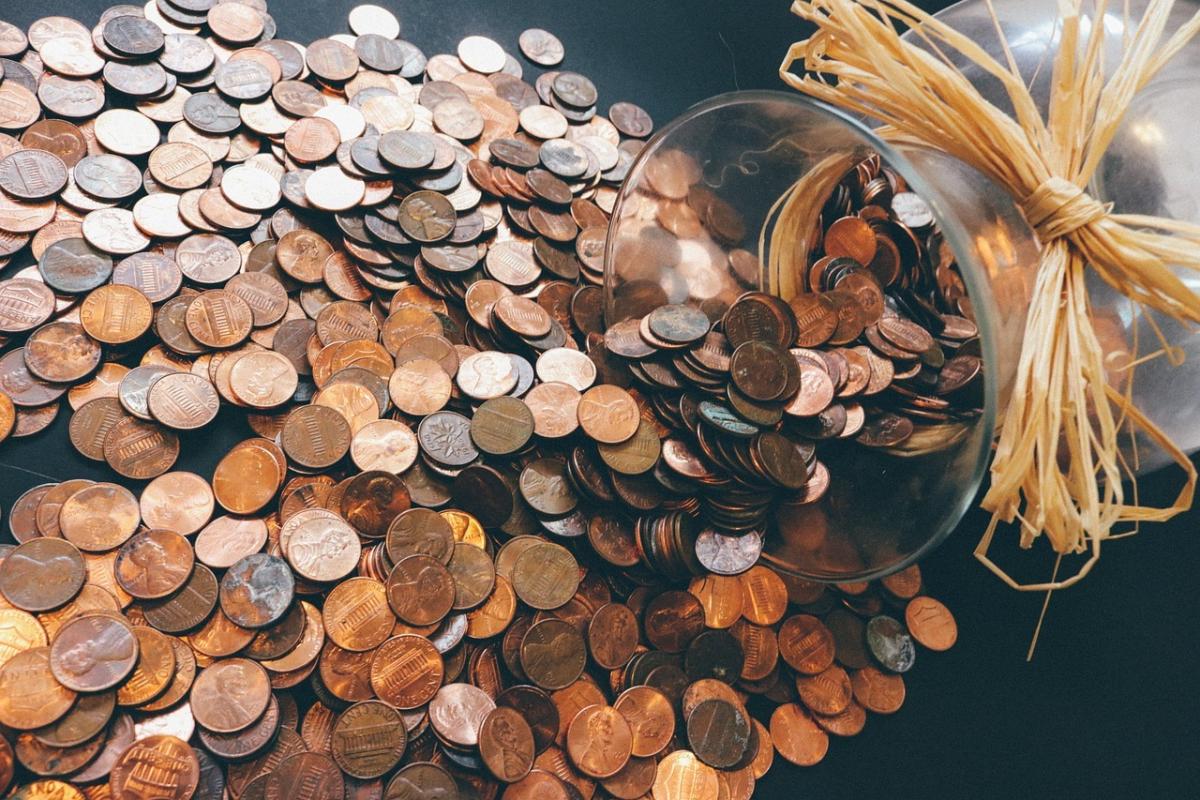The Eurekahedge Hedge Fund Index was up in August, 0.17%, easily outperforming the global equity market, as measured by MSCI ACWI, which was down 2.37%. The August number brings the Eurekahedge HFI’s year-to-date result to 6.58%. Approximately 32.6% of the funds Eurekahedge tracks are in double-digits (positive) territory for the first eight months of this year.
Investor redemptions are slowing down, quarter by quarter. Hedge fund investors recorded $94.7 billion of net outflows in the fourth quarter of 2018; $46.4 billion Q1 2019 and $40 billion in Q2 2019.
North American-mandated hedge funds are up 6.04% year-to-date, largely due to the equity market rally in that region. The S&P 500 has gained 16.78% over the first eight months of 2019. The NASDAQ Composite, which is tech heavy, was more enthusiastic, up 20.01%.
Commodities and Macro
Breaking the results down, we find that commodity-based strategies were the standout last month. The Eurekahedge CTA/Managed Futures Hedge Fund Index was up 2.22% for the month, or a performance-based increase of $12.1 billion, though results from the underlying regional mandates were mixed. Year-to-date, their mandate’s AUM has grown by $18.6 billion.
This is in sharp contrast to 2018, when the same strategy recorded a decline of $454 billion.
The commodities gains were due largely to the success of long exposure to precious metals, especially gold.
There is a big gap between the performance of CTA/MF on the one hand and the second-best performer of the month on the other. Second-best award on performance-driven growth goes to the macro funds, which were up $1.2 billion in August on performance, while losing $0.2 net on redemptions. This has meant a positive percentage change in assets for the month of 0.69%.
Year-to-date, macro has a performance-based change of $5.1 billion (in the black) but a net outflow of $14.4 billion (in the red) so a negative percentage change in assets for 2019 thus far, down 5.63%.
The Eurekahedge Event Driven Hedge Fund Index fell 1.59% during the month, as did each of its underlying regional mandates. Those event-driven managers who looked to Asia ex-Japan lost most heavily, 8.14% in August. Their peers looking to North America lost 1.96% over the same month. On a year-to-date basis, though, event-driven hedge funds were up 4.49%, while all of the underlying regions remain positive.
Asset-Weighted and Volatility
The asset-weighted Mizuho-Eurekahedge Index - USD tells a different, a more uniformly negative, story. It is not just the specific numbers that differ. Mizuho declined 1.10% in August. All of its strategy-defined sub-indexes were down for the month, with the multi-strategy index faring the worst with a loss of 4.82%.
Year-to-date, the Mizuho index is in positive territory, and among its geographical subdivisions, emerging markets and the Asia Pacific region are the best performers.
The CBOE Eurekahedge Volatility Indexes consist of four equally weighted vol indexes—long vol, short vol, relative value and tail risk. They are designed to track the results of the respective vol-based strategies.
Long vol funds did very well in August, returning 4.89%, although it was the worst performer in July, when it was down 8.09%. Tail risk also made a marked turnaround. It was down 4.42% in July but was up 1.1% in August.
The Eurekahedge ILS Advisers Index slumped 0.27% in August, bringing its 2019 year-to-date loss to 0.97%. Insurance-linked securities (ILS) hedge fund managers they are still suffering the aftereffects of the Atlantic hurricane seasons in 2018 and 2017, during which the index was down 3.92% and 5.60%, respectively.
ESG Fund Investment
This month’s Eurekahedge report includes a special section on environmental, social, and governance (ESG) fund investing.
There are at least two points from this section worth including here. Specifically: ESG concerns come with a cost. Non-ESG compliant funds in the Eurekahedge database outperformed the Eurekahedge ESG Fund Index for the last two years.
Second, ESG-compliant funds in the Eurekahedge database do offer better annualized returns that Islamic funds over the last two-, three-, and five-year periods.




